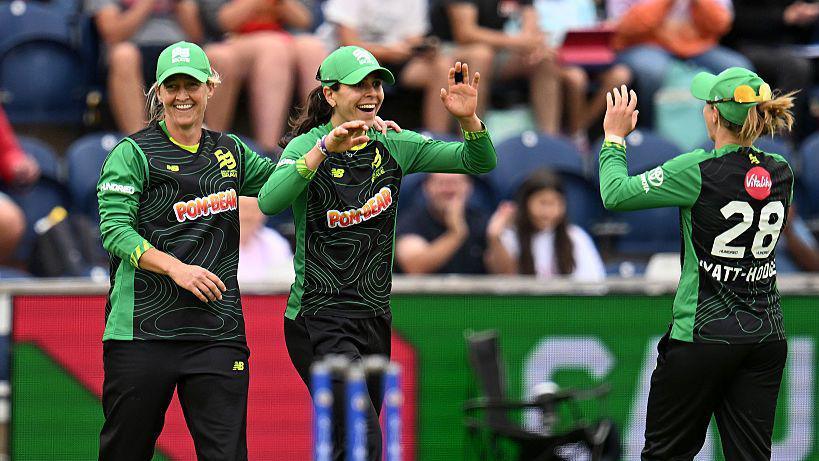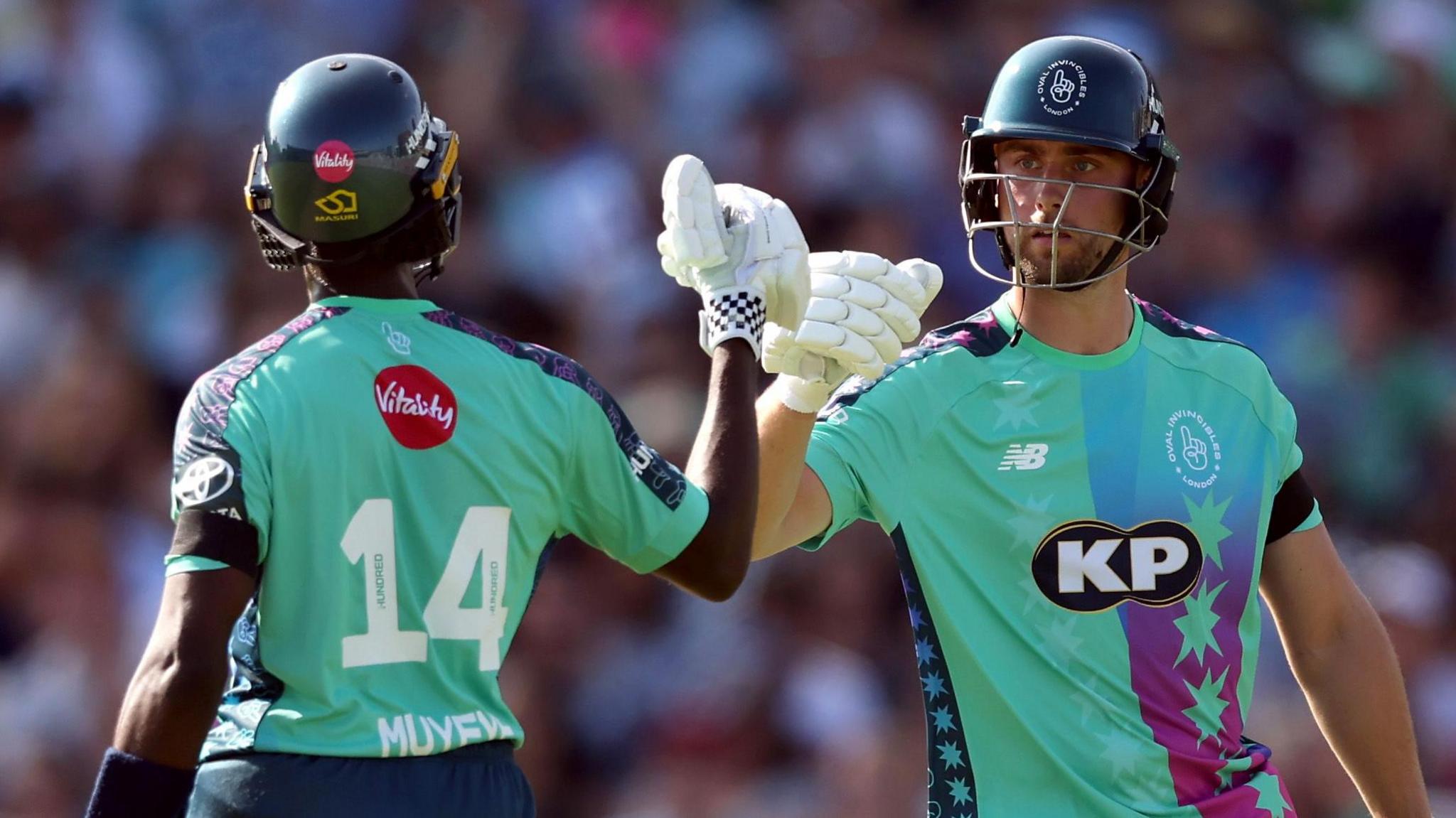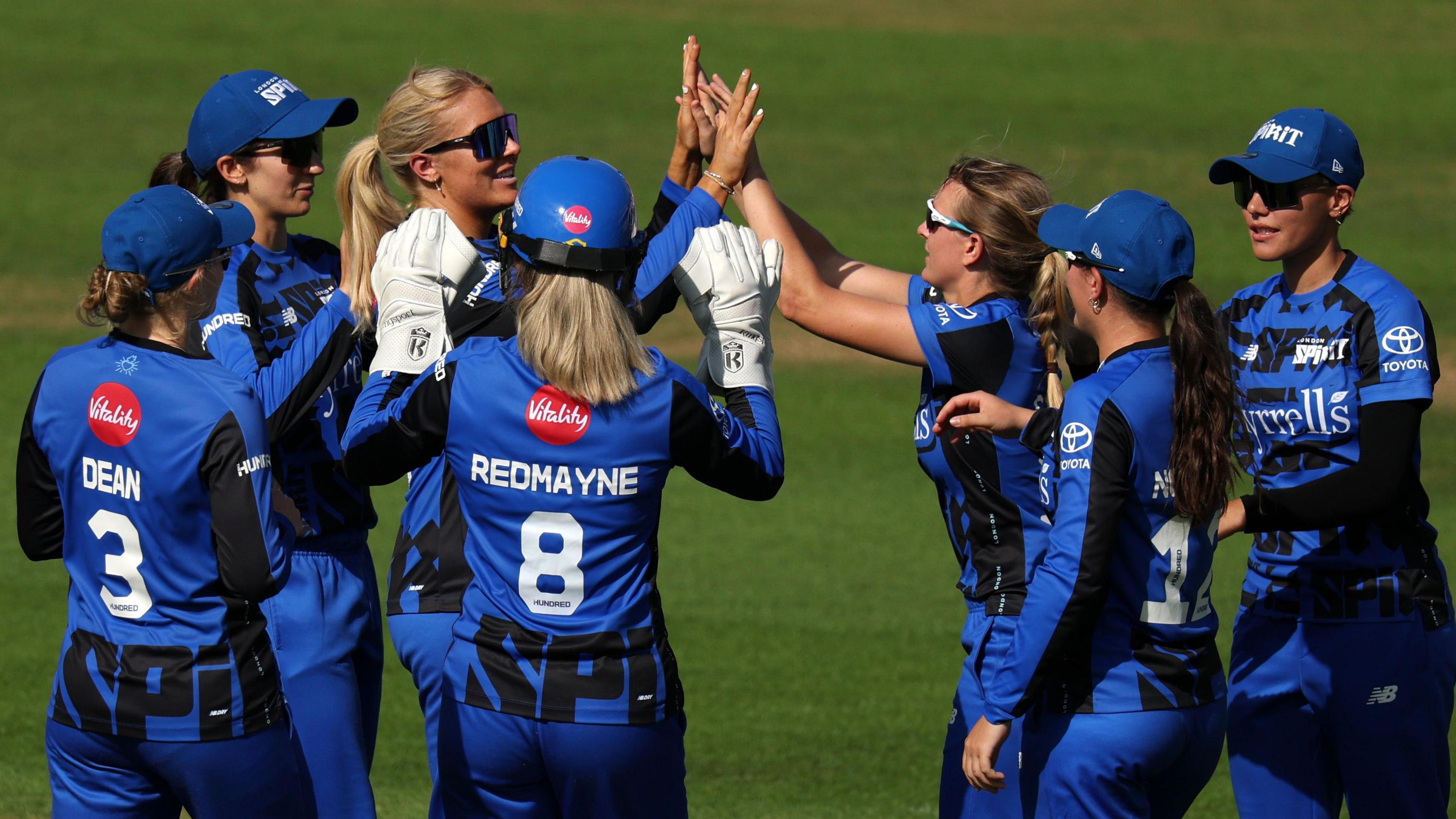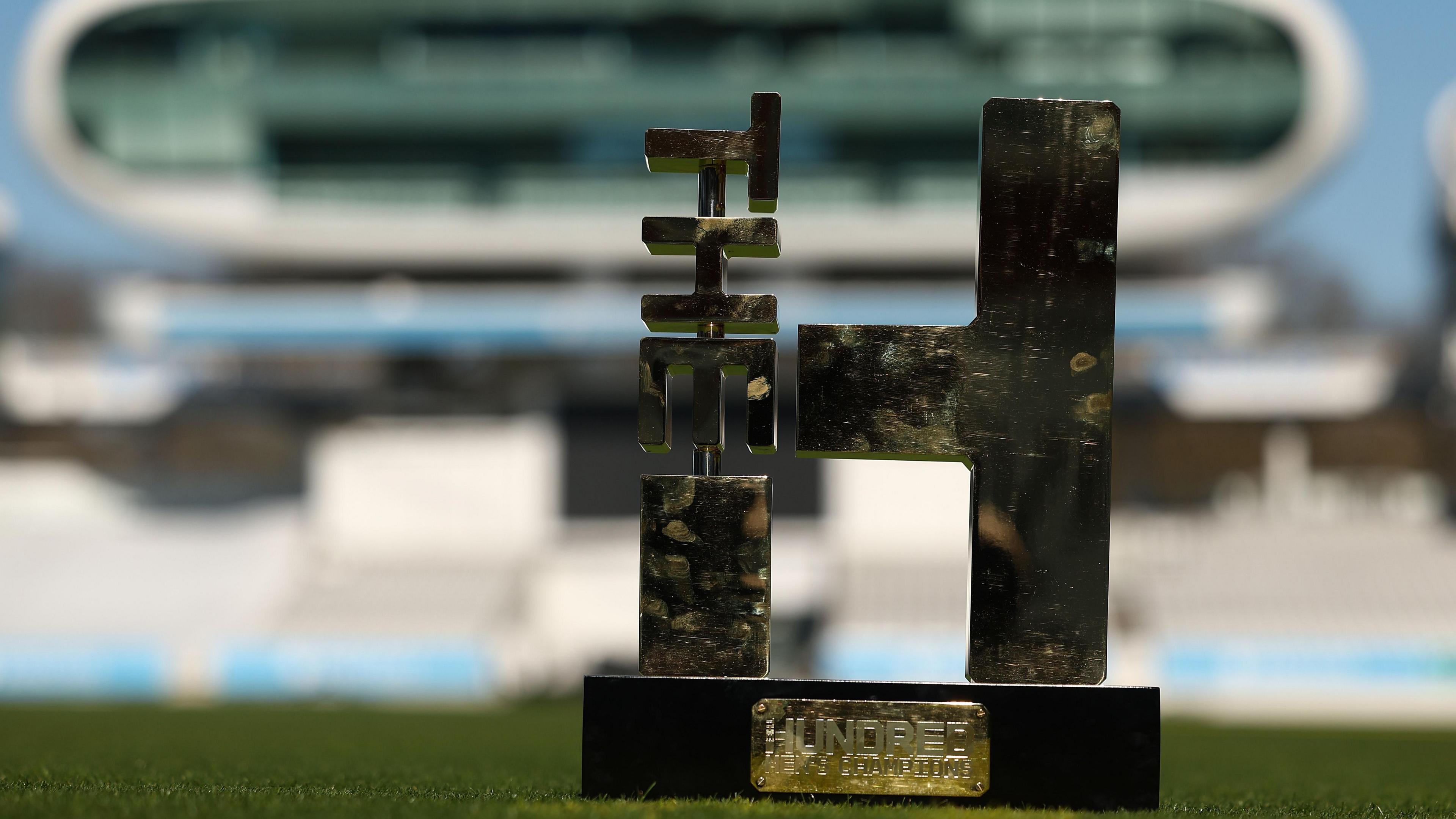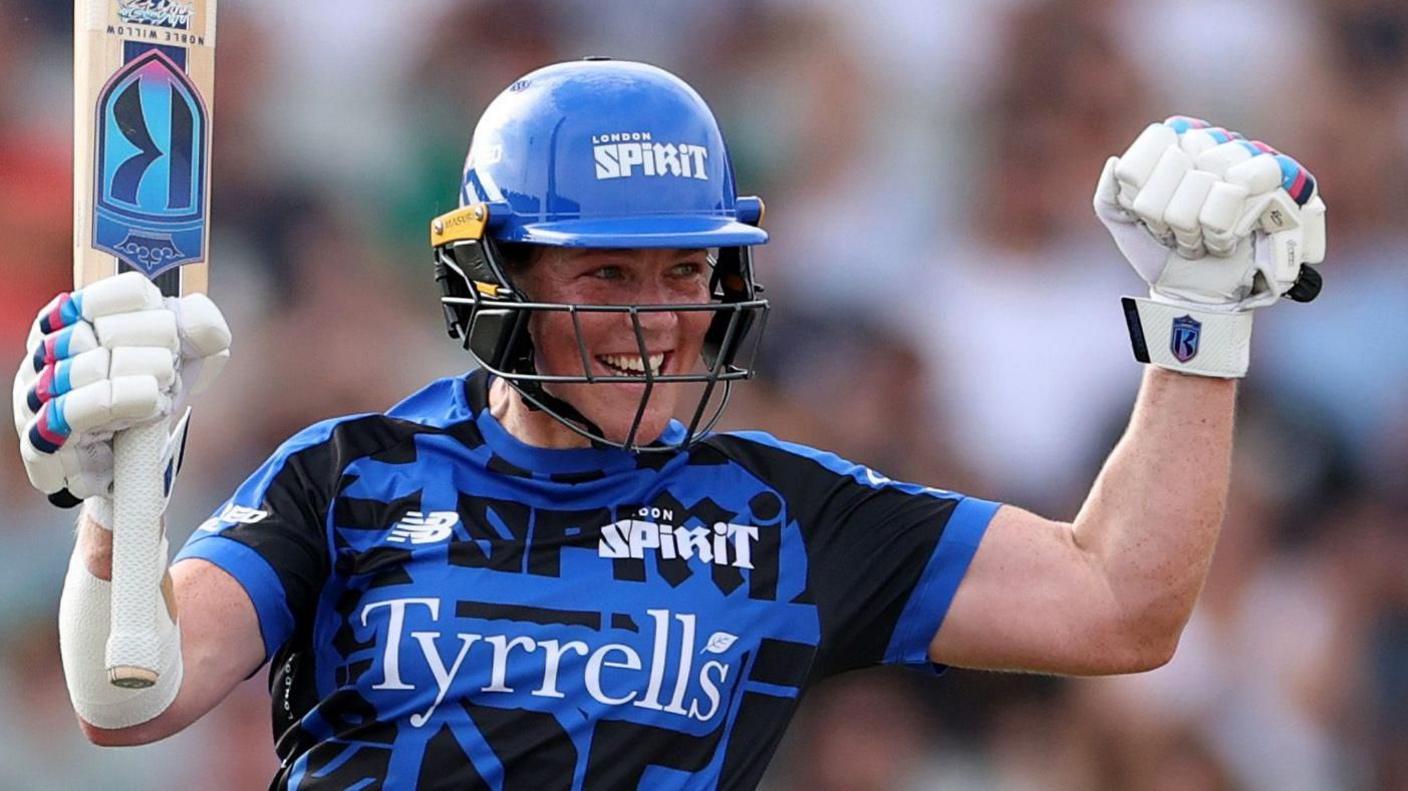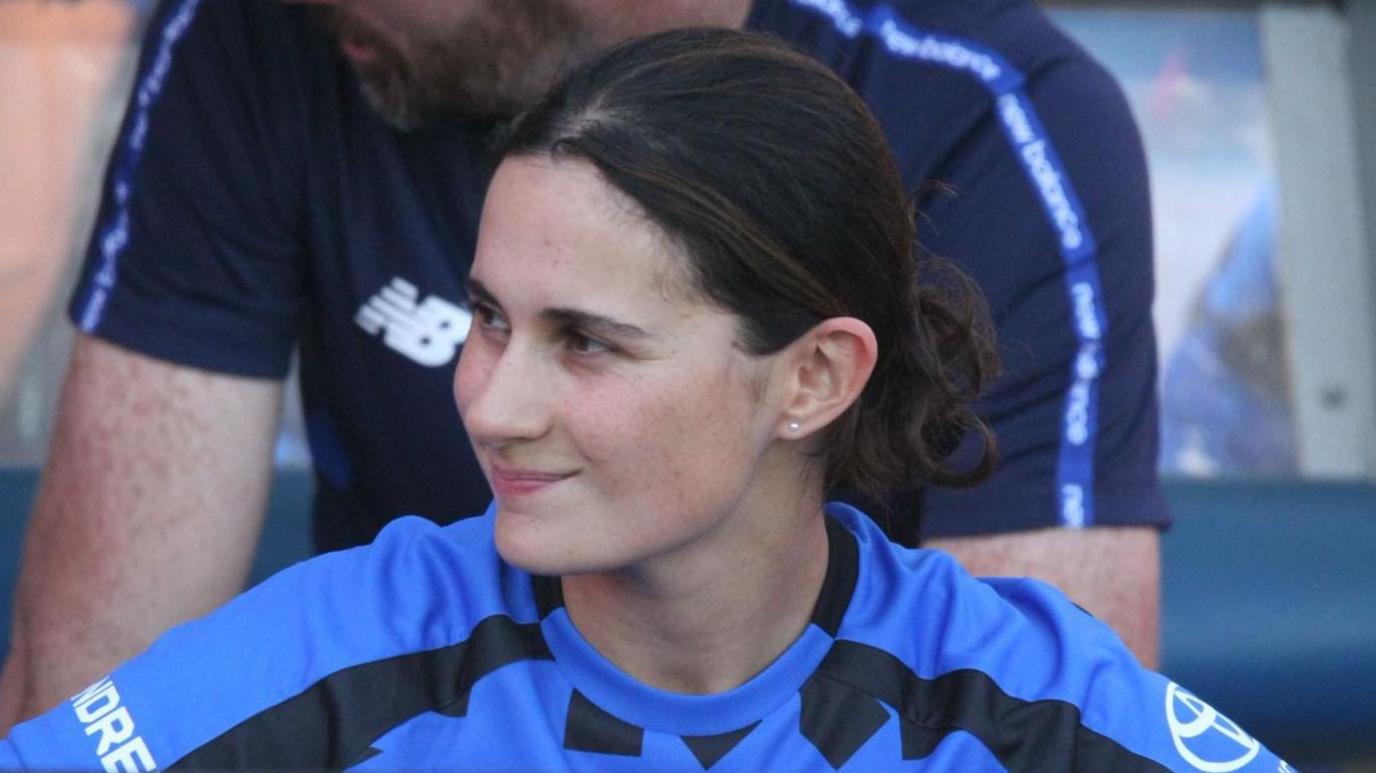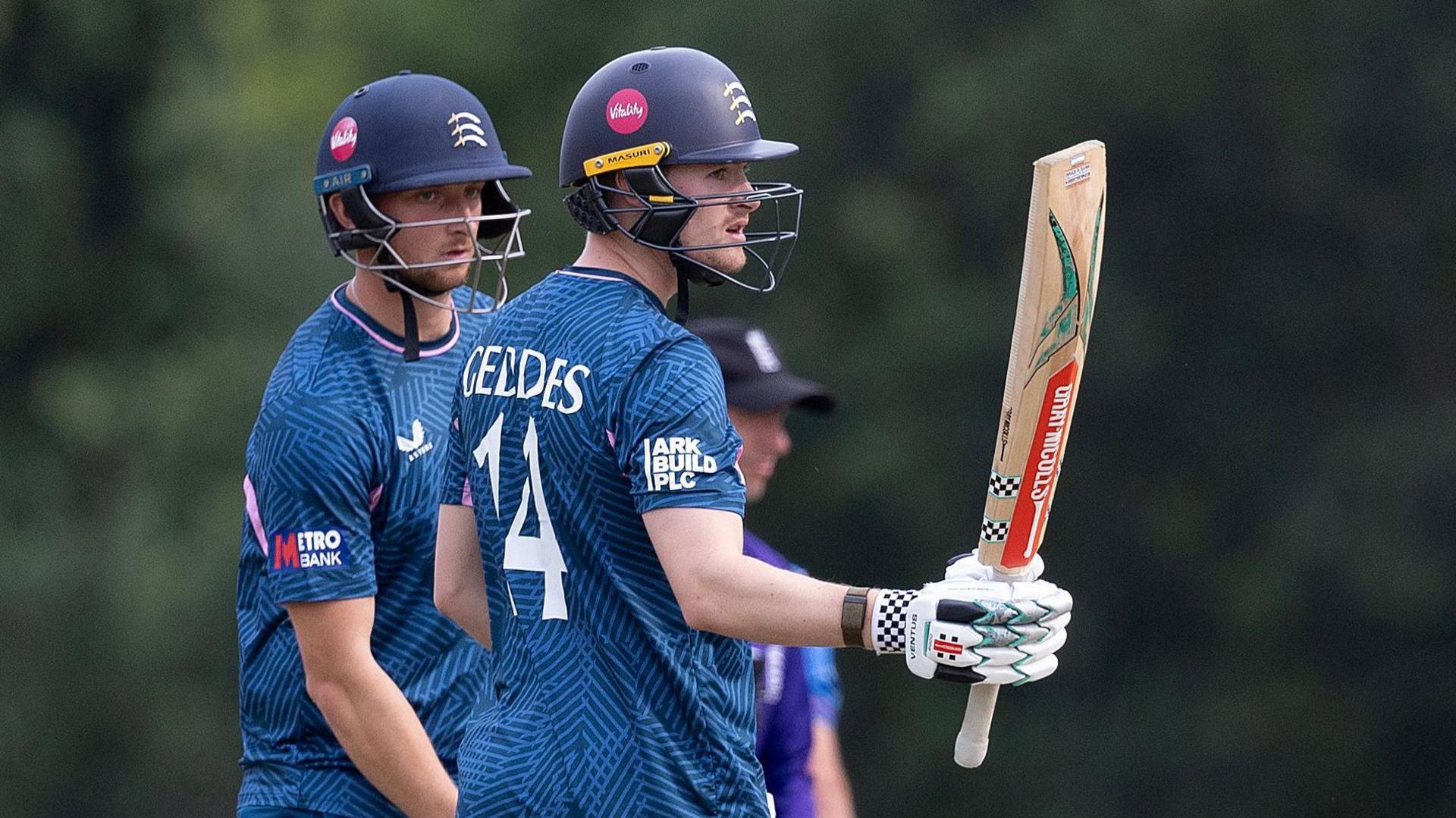The Financial Divide in County Cricket: How The Hundred Impacts Clubs
A report highlights the financial disparity between counties hosting The Hundred franchises and those that don't, raising concerns about the sustainability of the domestic cricket model.
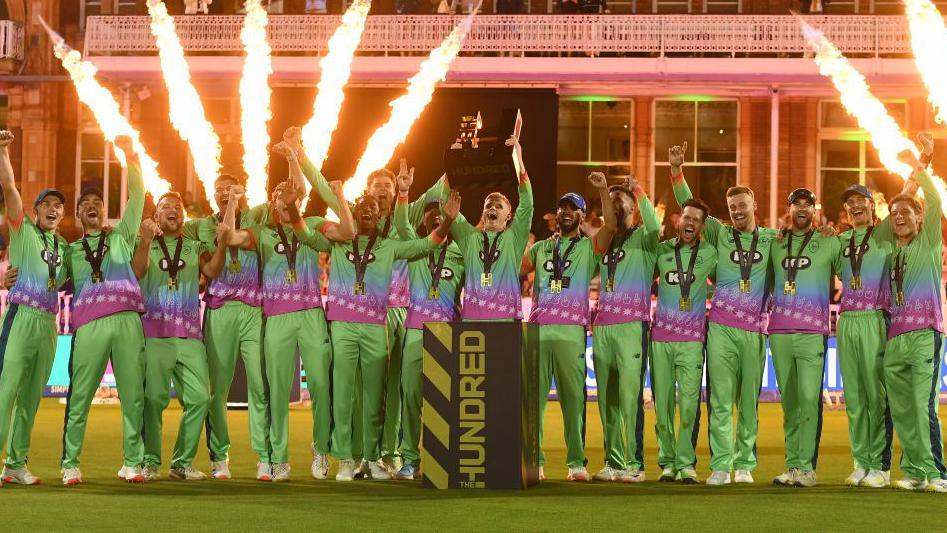


A recent report on the financial health of county cricket in England and Wales has uncovered a significant disparity between clubs that host The Hundred franchises and those that do not. The Leonard Curtis Cricket Finance Report reveals that Surrey, Lancashire, and Warwickshire generated a staggering 44% of the total revenue among all 18 first-class counties in 2023.
The Reliance on Central Funding
The report highlights that many counties are heavily dependent on central funding from the England and Wales Cricket Board (ECB). For instance, Northamptonshire relies on the ECB for 71% of its revenue, while Leicestershire and Derbyshire depend on it for 67% and 56%, respectively.
Professor Rob Wilson, co-author of the report, emphasized, "Cricket in England and Wales remains overly reliant on central distributions, TV rights, and international fixtures at a handful of Test grounds. While significant profits have been posted in isolated cases over the past 10 years, they are exceptions to the rule."
The Financial Performance Index
The report introduces a new Financial Performance Index, ranking clubs based on their on-field and off-field performance from 2014 to 2023. Surrey, which hosts the Oval Invincibles in The Hundred, tops the list, while Leicestershire sits at the bottom.
The Role of The Hundred
The Hundred, now in its fifth year, is set to begin on 5 August 2024. The competition has become a crucial revenue stream for host counties, including Yorkshire (Northern Superchargers), Lancashire (Manchester Originals), and Surrey (Oval Invincibles).
Former England captain Michael Vaughan, who wrote the foreword to the report, urged counties to collaborate for a sustainable future. "The Hundred money allows the 18 first-class counties to look to the future rather than simply survive from one summer to the next," he said.
Challenges Ahead
Despite the financial boost from The Hundred, Professor Wilson warns that the domestic game's future remains uncertain. "This report raises questions about the long-term viability of the county model," he said. "Investment in The Hundred may provide some medium-term relief, but only if invested strategically and to build infrastructure."
Disability Cricket Development
The report also calls for The Hundred to be leveraged to develop disability cricket. Iain Nairn MBE, former England Physical Disability cricket captain, stressed, "Key to disability cricket's development will be linking it into The Hundred as it continues to attract players, fans, and volunteers."
Conclusion
The financial divide in county cricket underscores the need for strategic planning and collaboration among clubs. While The Hundred offers a lifeline, its long-term impact will depend on how effectively counties utilize the resources to build a sustainable future for the sport.












